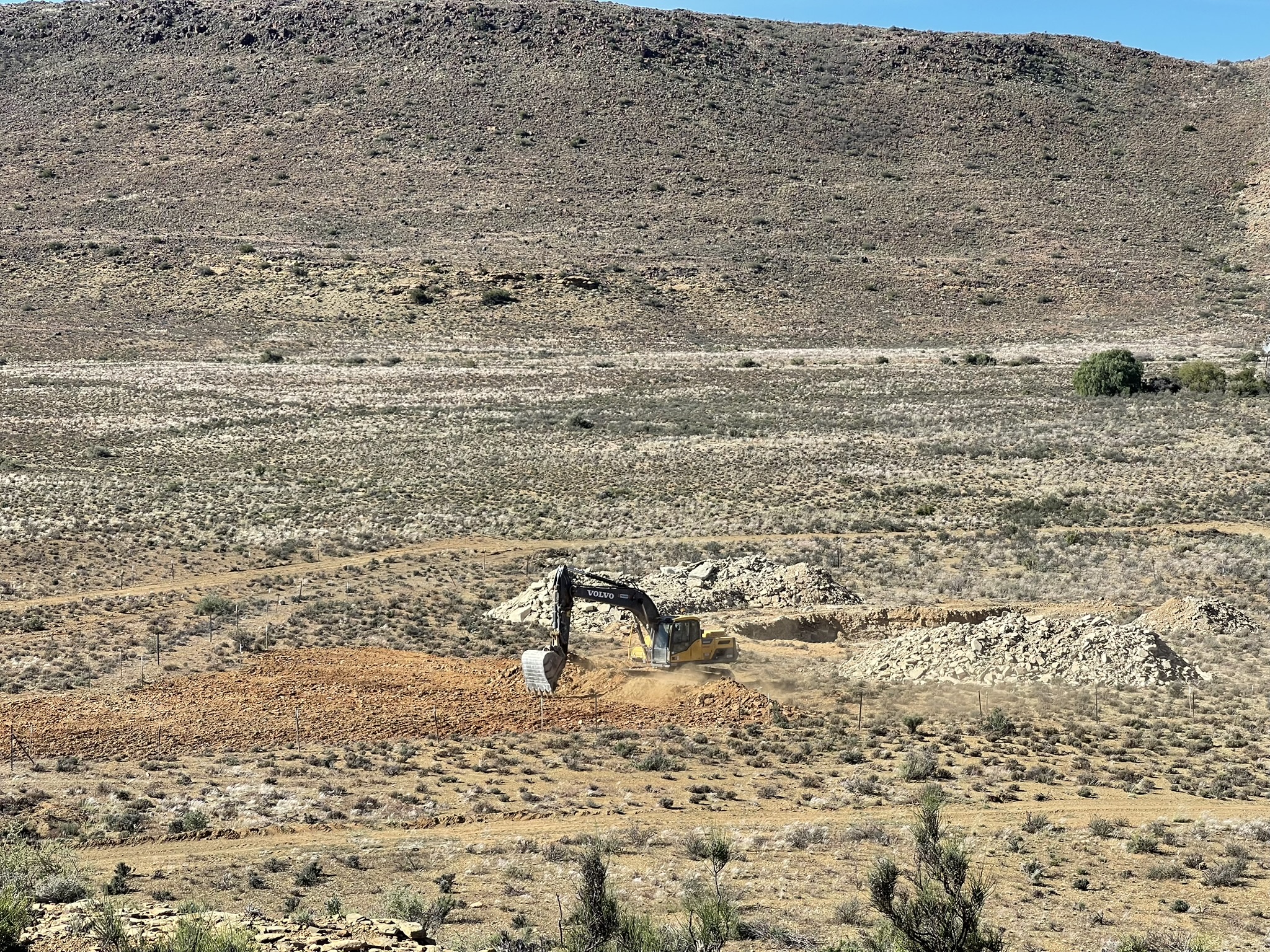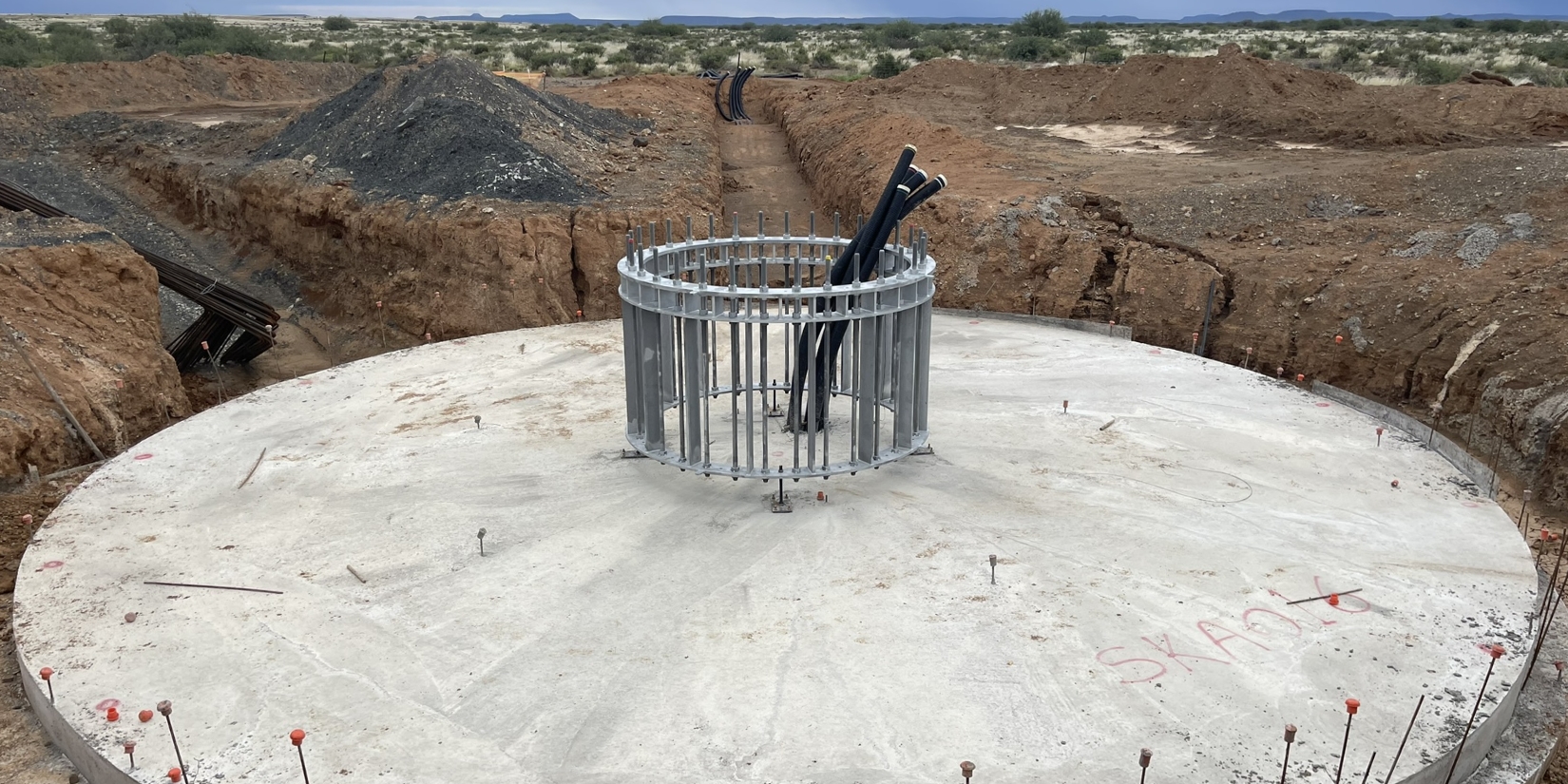

Engineering for the Edge of the Universe: HHO’s Role in the SKA Observatory Infrastructure
The Square Kilometre Array (SKA) is not just a telescope — it's a global scientific endeavor with the ambition to unlock some of the deepest mysteries of the universe. With arrays stretching across the Karoo in South Africa and remote regions of Western Australia, the SKA represents the largest and most sensitive radio astronomy instrument ever built.
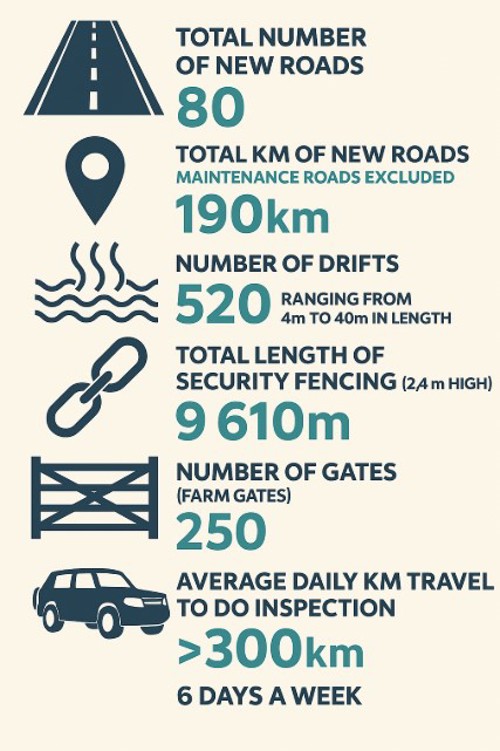
In support of this bold initiative, HHO was appointed to design and provide construction supervision for the construction of the 109 antenna dishes and supporting infrastructure including gravel roads and antenna platforms to the selected dishes, 90 structural reinforced concrete piled and 19 pad dish foundations, security fencing and infrastructure related to various monitoring stations for the South African component of the SKA-Mid array — a technically demanding scope at the very frontier of infrastructure and science.
Precision Built into the Ground
The Karoo’s remote and quiet radio environment may be ideal for stargazing, but it presents considerable engineering challenges. At the heart of HHO’s mandate was the construction supervision of 720 cast-in-situ concrete piles (with 90 reinforced concrete pile caps) for 90 antenna foundations, 19 shallow spread foundations, to support the stable base for movement sensitive antenna dishes that must remain still to within fractions of a millimetre.
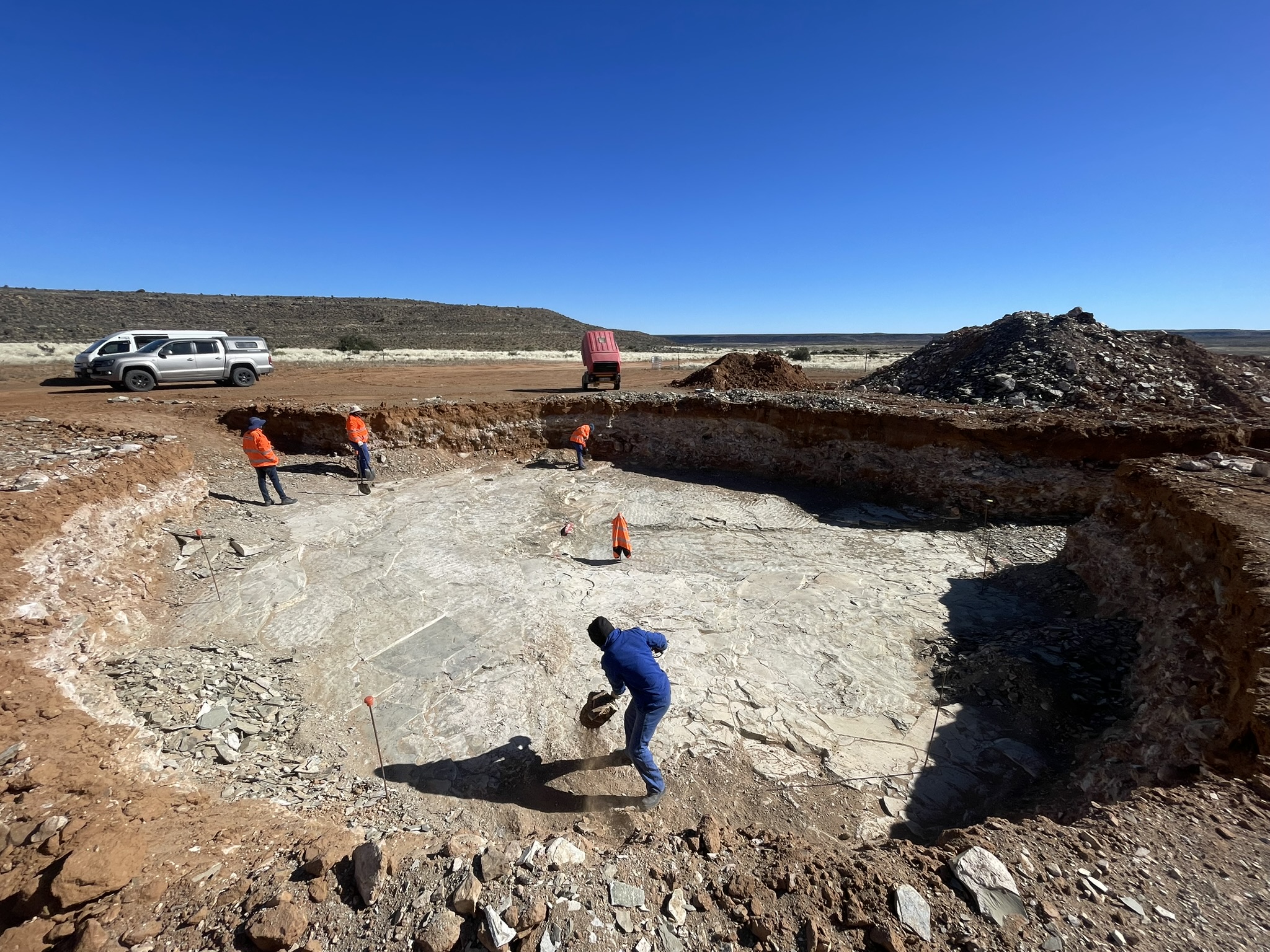
What set this project apart was the uncompromising requirement for stiffness. The structures supporting the dishes had to meet stringent Level 3 requirements with no tolerance for differential settlement or long-term creep. In such a context, HHO’s role was pivotal: to ensure that every pile, every pour, and every placement of reinforcement aligned with the specified technical standards.
Working in Silence: The RFI Challenge
Construction on this site wasn’t business as usual. Due to the extreme sensitivity of the existing dish infrastructure to radio frequency interference (RFI), all digital devices, standard GPS tools, and certain machinery were strictly prohibited. Every vehicle and tool brought onto the site had to be RFI-compliant.
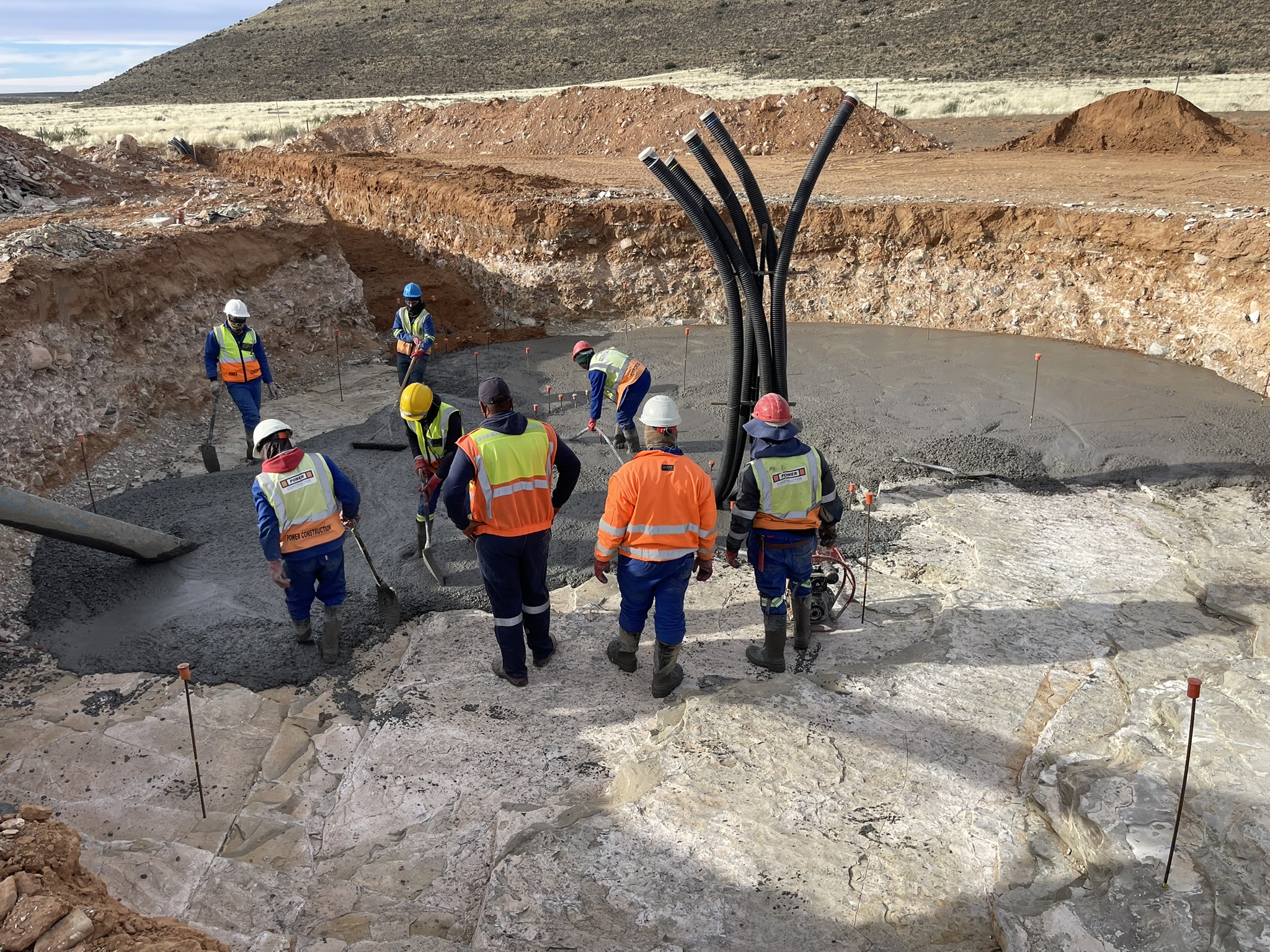
This meant that construction and quality control processes had to be adapted to function in a near-silent technological environment — without compromising accuracy or productivity. HHO’s resident engineers were required to think creatively, adapt quickly, and collaborate closely with contractor, design team, and the SKAO project team under uniquely constrained conditions.
More Than Foundations: A Role in Scientific Legacy
While the task at hand involved civil works, the context was anything but ordinary. Each foundation constructed under HHO’s supervision contributes directly to one of the most ambitious scientific instruments in human history. These foundations don’t just carry loads — they carry the hopes of scientists probing the early universe, dark energy, and galactic formation.
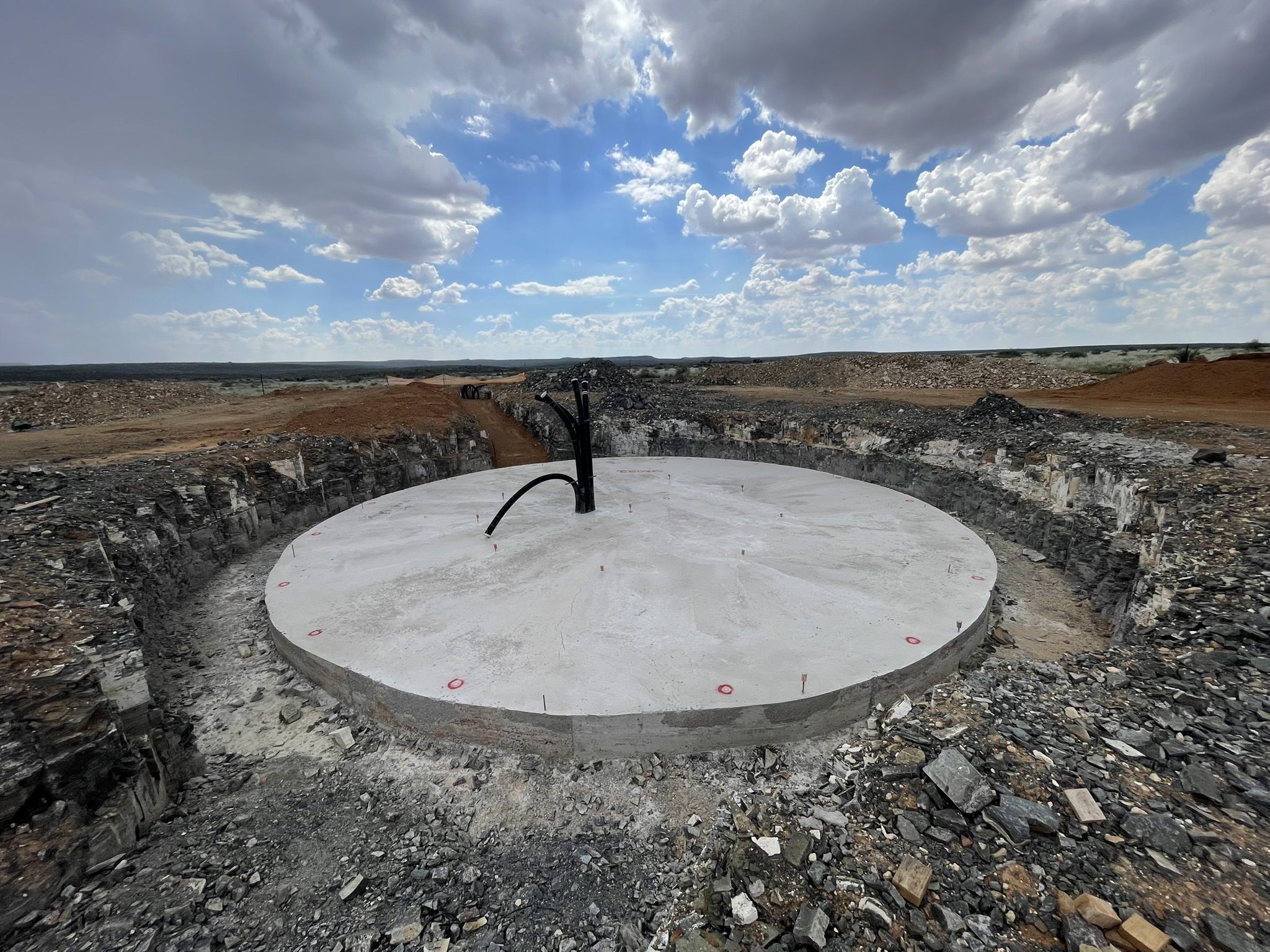
The work was technically demanding and logistically complex, but HHO’s team remained committed to ensuring high quality, clear documentation, and proactive risk mitigation. Our on-the-ground presence helped safeguard timelines, identify non-conformances early, and maintain the engineering integrity essential to the SKA’s mission.
Proudly Local, Globally Significant
HHO’s contribution to the SKA project is a source of immense professional pride. It reflects the ability of South African engineering to meet world-class standards and solve problems at the cutting edge of science and infrastructure. The project tested not only technical competence, but ethical conduct, resilience, and adaptability — qualities that HHO’s engineers brought to the fore every day.
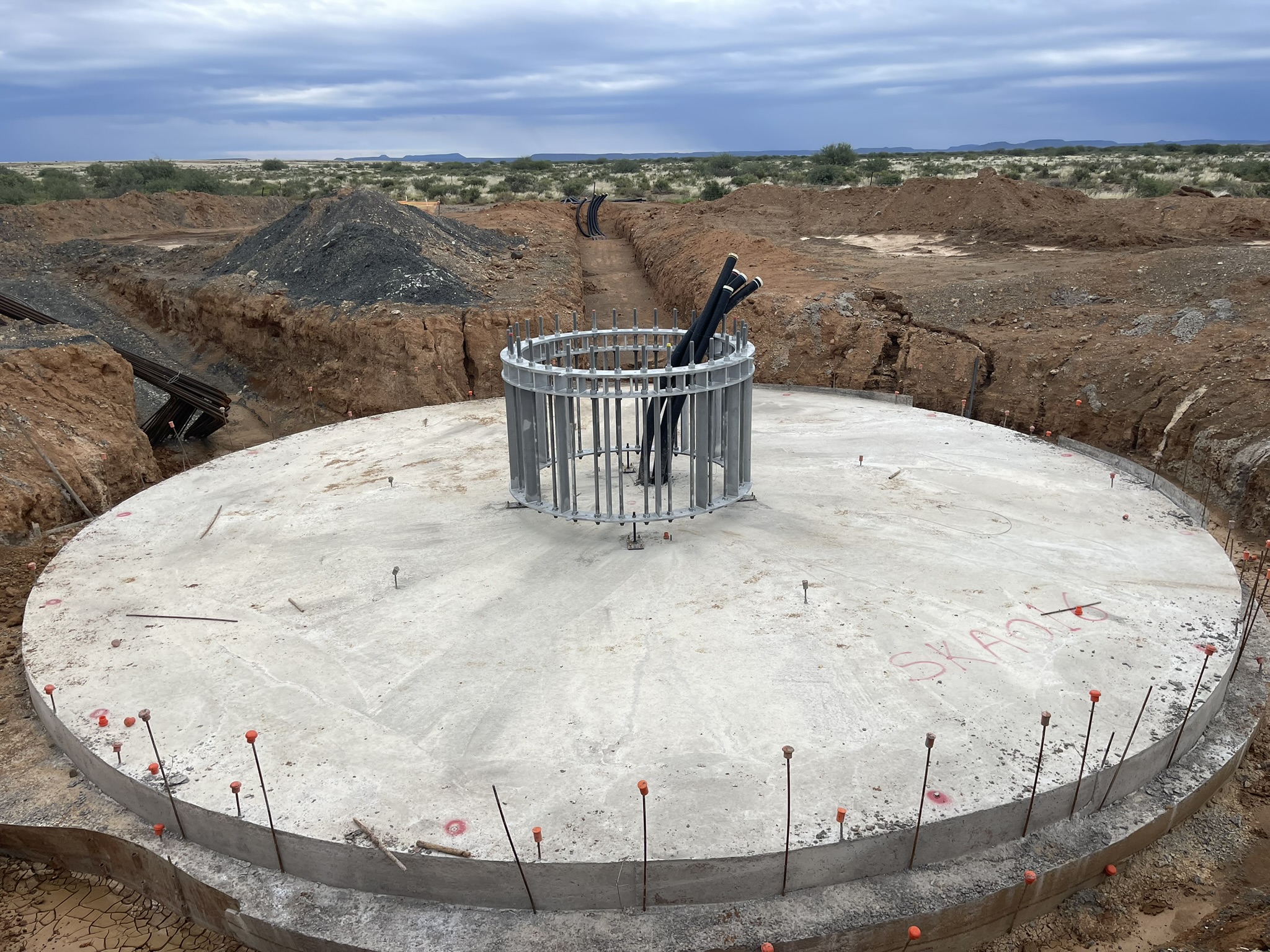
In delivering this scope, HHO didn’t just help lay foundations in the Karoo — we helped lay the foundation for a new era of scientific discovery.
